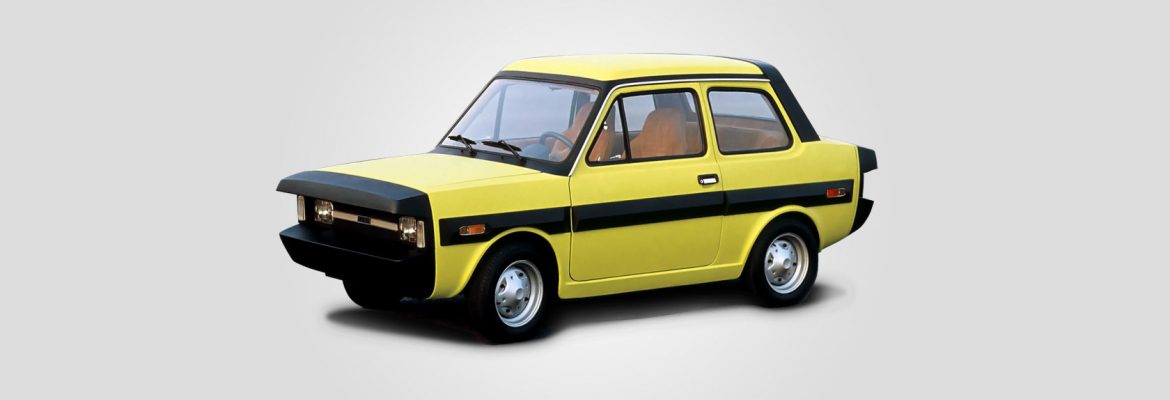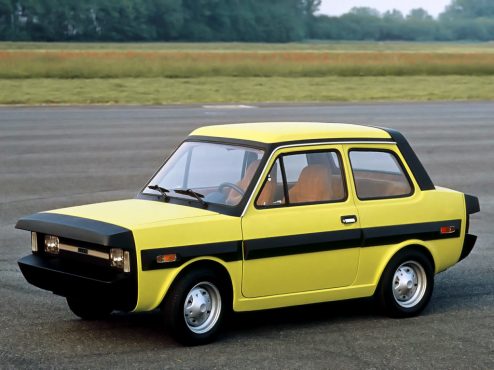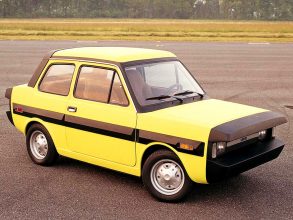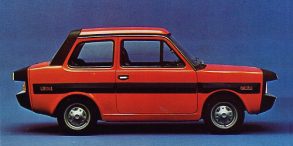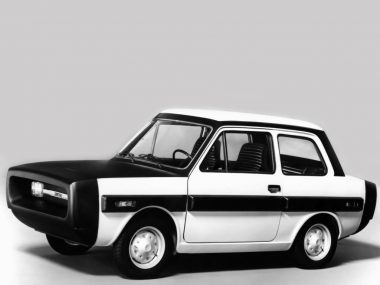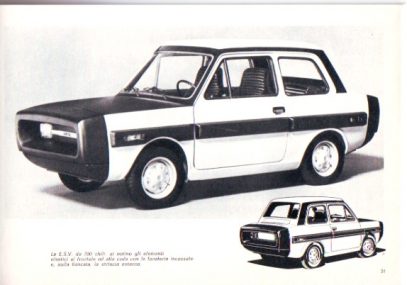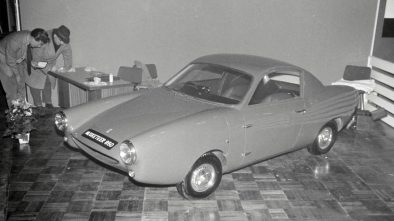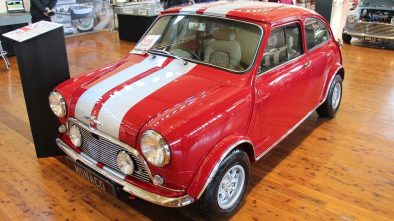Fiat ESV 1500
The impetus for Fiat’s attempt to create the safest possible city car came from the US. In 1970, the National Highway Safety Bureau announced its Experimental Safety Vehicle (ESV) project, to stimulate ideas for substantially safer cars to be on sale by 1980. Many carmakers responded with prototypes for evaluation: hardly altruistic—they were seeking favorable influence in the world’s biggest car market.
Fiat’s three-car contribution included this one, the world’s first safety car weighing 1,500lb (680kg). Built between October 1971 and March 1972, the ESV 1500 featured a massively strong inner skeleton, with separate lateral structure and floor incorporated into a hefty box-type body frame. Cradled within was the standard mechanical hardware from a Fiat 500. The body used the Fiat 126’s wheelbase and doors, and vaguely resembled the old Fiat 850. Its bizarre looks came from huge polyurethane cushion-type bumpers at either end with lights buried deep within them, protruding side bump strips in matching black plastic, and an obviously reinforced roof.
Fiat built 47 ESV prototypes. Thirteen of these were 1500s, and several were used in head-on crash test experiments, many at high speeds. However, with the fuel crisis panic of 1973, ESVs were sidelined, probably to Fiat’s relief. The ESV 1500 would have been a marketing nightmare: its hefty weight called for a bigger, thirstier engine, and a higher price.
